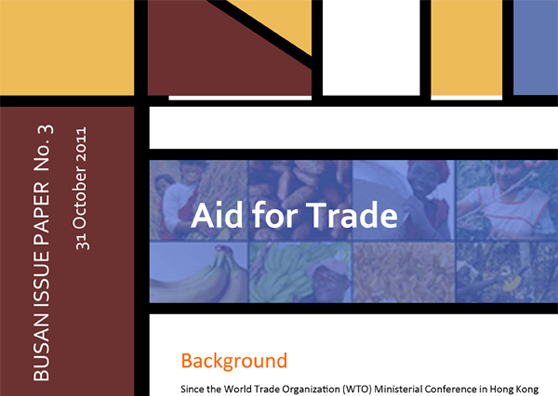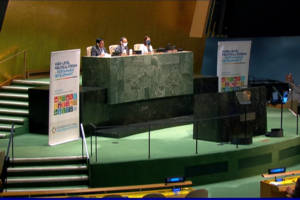31 October 2011
Aid for Trade
Since the World Trade Organization (WTO) Ministerial Conference in Hong Kong in 2005, ‘Aid for Trade’ (AfT) has become the new catchphrase in international development to foster and promote trade and liberalization. Originating from the 2001 ‘Doha Development Round’, the WTO reasons: “Aid for Trade aims to help developing countries, particularly least developing countries, develop trade-related skills and infrastructure that is needed to implement and benefit from WTO agreements and to expand their trade”[i]. As such, the framework is complementing WTO trade reform and market opening by focusing on capacity building, particularly on trade policy and regulation and improving trade-related infrastructure to ease supply side bottlenecks.
Forming a part of Official Development Assistance (ODA), AfT commitments have risen considerably in recent years reaching roughly USD 40 billion in 2009, a 60 percent surge from its 2002-2005 baseline. Disbursements too have grown consistently with 11-12 percent a year to reach USD 29 billion, constituting roughly one quarter of total ODA in 2009. While about half of this assistance is coming the form of grants, debt-creating loans still make up the remaining 50 percent.[iii]
________________________________________________
Notes:
http://www.wto.org/english/tratop_e/devel_e/a4t_e/aid4trade_e/htm; accessed August 25, 2011
[ii] http://www.imf.org/external/p
ubs/ft/survey/so/2007/POL0523A.htm; accessed August 26, 2011
[iii] OECD/WTO (2011), ‘Aid for Trade at a Glance 2011: Showing Results’, http://dx.doi.org/10.1787/9789264117471-en




